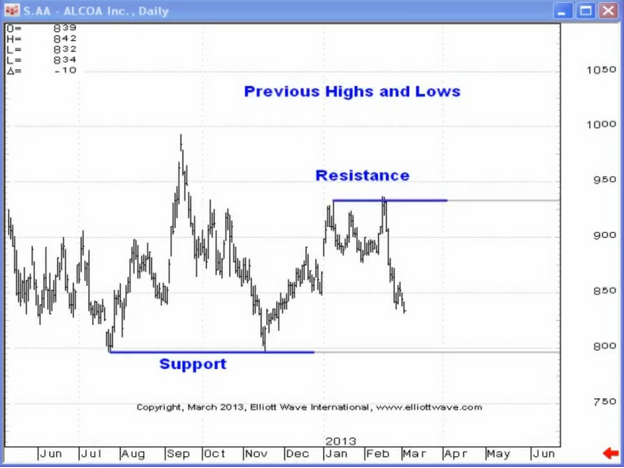By Elliott Wave International
It's the start of the winter holidays -- which, if your family is anything like mine, is also the beginning of a long tradition of deeply regrettable line-crossing, i.e.:
- Crossing that line into interrogating "new" dinner guests as to why they are still single
- Crossing that line into inviting your recently divorced sister-in-law to "stay as long as" she needs
- Crossing that line into a third (no, let's be honest) fourth helping of pecan pie
In these cases, crossing "the line" is the first step down a proverbial mine field of emotional and physical discomfort. And there's no going back!
But in the world of technical analysis of financial markets, crossing one kind of line is often the first step to identifying a high-confidence trade set-up. The line I'm talking about is the trendline. Continue reading "Traders and Trendlines: A Match Made In Opportunity Heaven"

